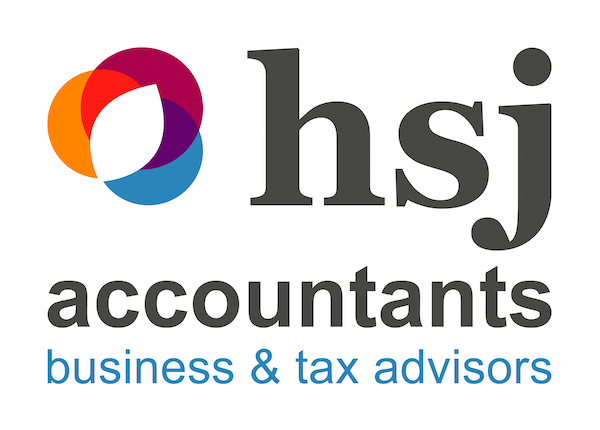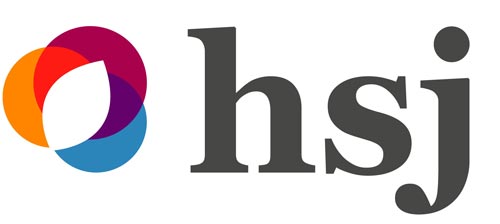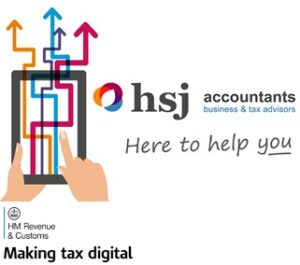What is Making Tax Digital?
Making Tax Digital (MTD) is an HMRC initiative that requires VAT-registered businesses above the £85k threshold to keep digital records and submit VAT returns using compatible software. If that’s your business, you’ll need to be compliant from 1 April 2019.
How will MTD benefit my business?
Change can often seem daunting, especially if it requires you to adopt new technology. Don’t regard Making Tax Digital as just another obligation. This is your opportunity to streamline your accounting and business management. Keeping records and filing tax digitally gives you the chance to regularly check income, expenses and profit in your business – which will help you to make better decisions.
What do I need to do to be ready to sign up for MTD?
If you already use software to keep your business records, check with your software provider what their plans are. If you don’t use software just now, or your software won’t be MTD-compatible then you’ll need to consider what software, or bridging software, is most suitable for you.
What records need to kept digitally for MTD?
MTD does not require you to keep additional records for VAT, but to record them digitally.
Your digital records should include, for each supply, the time of supply (tax point), the value of the supply (net excluding VAT) and the rate of VAT charged.
They should also include information about the business, including business name and principle business address as well as your VAT Registration Number and details of any VAT accounting schemes you use.
If you use spreadsheets to keep business records you’ll need MTD-compatible software so that you can send HMRC your quarterly VAT returns and receive information back from HMRC. Bridging software may be required to make spreadsheets MTD-compatible.
For a complete list of digital requirements, please reference VAT Notice 700/22.
What is MTD compatible software?
Compatible software is a software product or set of software products, that between them support the MTD obligations of keeping digital records and exchanging data digitally with HMRC through the MTD service. If more than one application is being used then data that flows between those applications must also be exchanged digitally.
Digital records can be kept in a range of compatible digital formats. They do not all have to be held in the same place or on one piece of software. For example, a spreadsheet can be a component of digital record keeping provided the product that consolidates records, or summary records from the spreadsheet is digital.
What is bridging software?
Bridging software is how HMRC describes the digital tool that can take information from other applications, for example, a spreadsheet or an in-house record keeping system and then lets the user send the required information digitally to HMRC in the correct format.
What is ‘the VAT account’?
The VAT account provides the link between the digital VAT records and the VAT return submitted to the Revenue.
Under MTD for VAT, the information which must be held in the VAT account must be maintained digitally and this is referred to as the ‘electronic account’.
Will MTD be expanded to include other taxes?
Yes. When MTD is expanded to other taxes, the quarterly MTD reports are expected to replace the annual Corporate Tax return and the business pages of the Self-assessment tax return. However, each business will have to submit a quarterly MTD report for each tax it pays. Thus, a VAT registered company will submit four quarterly reports for VAT and four quarterly reports for Corporation Tax.
In addition, there will be an opportunity for the business to make an annual check on the data it has submitted under MTD, and make any accounting adjustments necessary. This will effectively be a fifth report each year for each business, for each tax it pays.
How can HSJ help you?
We can help you with every aspect of ‘Making Tax Digital’ and have already helped many businesses to ‘go digital’.



